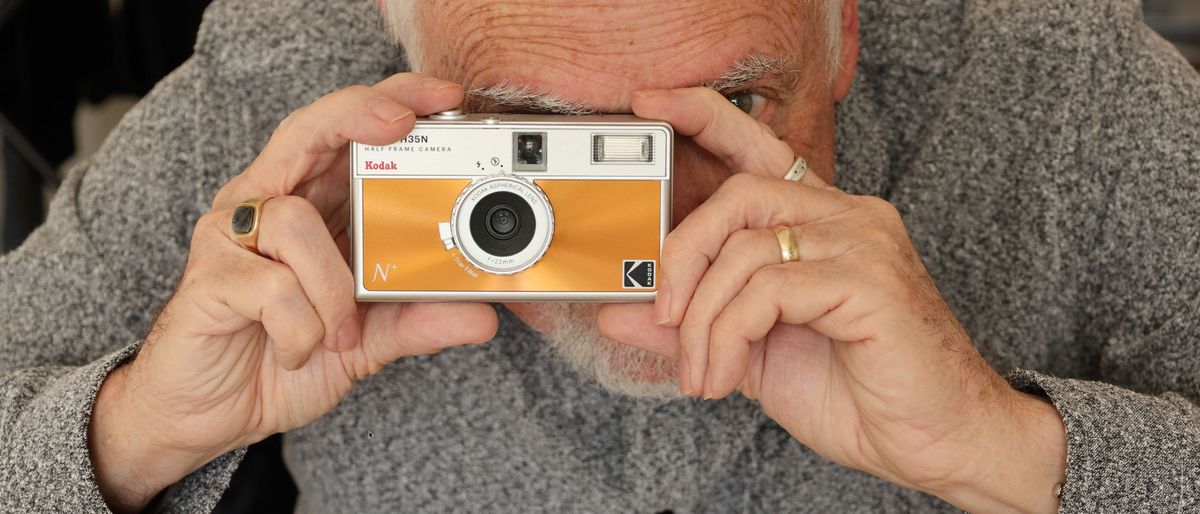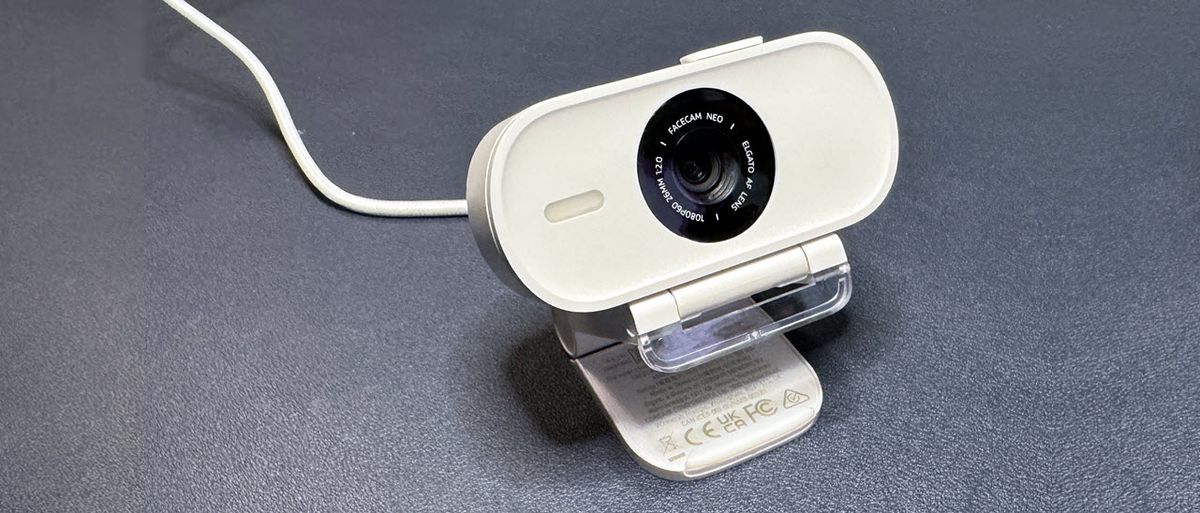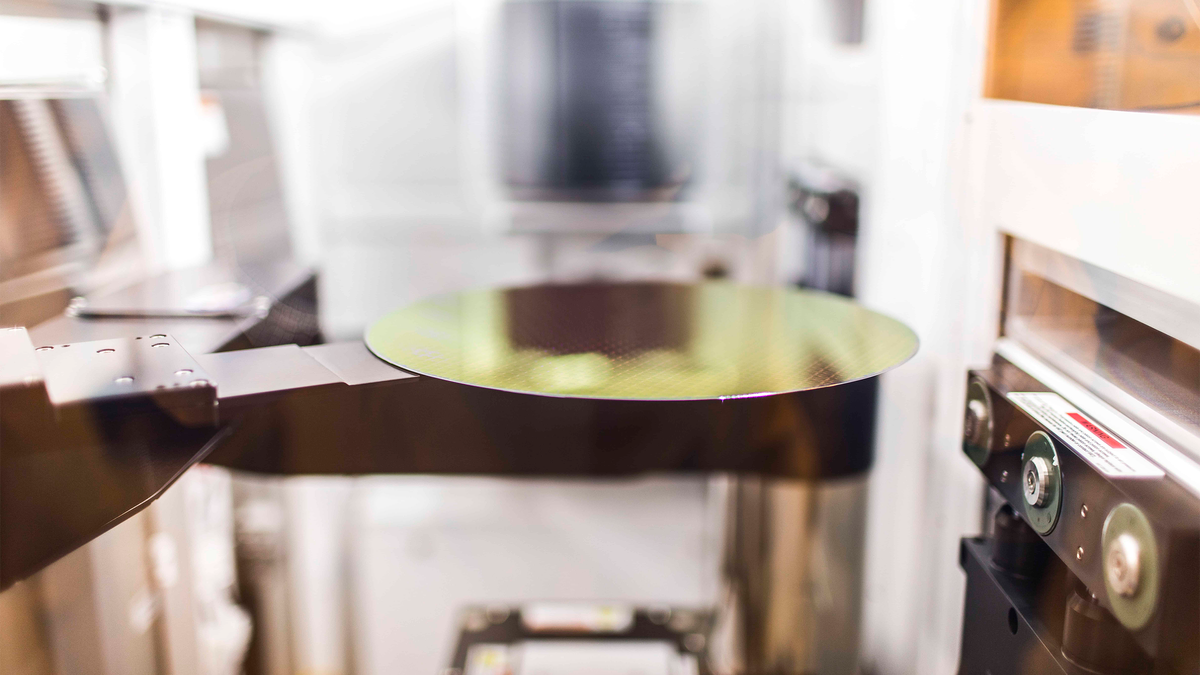An LED testing ‘device’ which largely consists of a hot dog, two forks and a power supply has been entered into an electronics competition. Luckily, this is the 2025 Hackaday Component Abuse Challenge, where being zany is a winning strategy.
But don’t try this at home.
Ian Dunn’s 100% "Safe" 120VAC LED tester looks glorious, with its LED sprinkles. Bonus: if you test your LEDs in a hot dog connected to a 120V AC mains power source, your savory meat comfort food will be fully cooked and ready to eat in about two minutes.
We repeat, don’t try this at home.
Dunn helpfully includes all the instructions you need to replicate this (hot dog) maker project. “All you need is a power cord, two forks, and two bolts to hold the hot and neutral wires on the forks,” explains the electronics and hot dog abuser. “Stick the LED's that you want to test in the hot dog before you plug it in. They must be oriented with the leads facing the two ends of the hot dog. If they are oriented opposite the hot dog, then no current will flow through the LEDs.”
It is also noted that you can test as many LEDs this way, as long as there is room on the back of the dog. “It takes about 2 minutes for the hot dog to be fully cooked at 120 volts,” advises Dunn.
Turbo charging a 120V Presto hot dogger on 250V. - YouTube

A warning from the maker
Dunn ends his crazy hot dog LED testing device project post with a word of warning, as he should. “Don't touch the hot dog, the LEDs, the forks or the bun while the hot dog tester is plugged in,” advises the electronics expert. “It's wise to set something heavy on the cord so you won't trip on it and pull the hot forks on the floor.”
As well as the electrical safety concerns, we wonder what chemicals might be introduced to the hot dog using this cooking method. The LED ‘legs’ may be coated in some kind of factory residue, and be made of a metal that could taint the food.

Follow Tom's Hardware on Google News, or add us as a preferred source, to get our latest news, analysis, & reviews in your feeds.

 3 hours ago
24
3 hours ago
24









 English (US) ·
English (US) ·